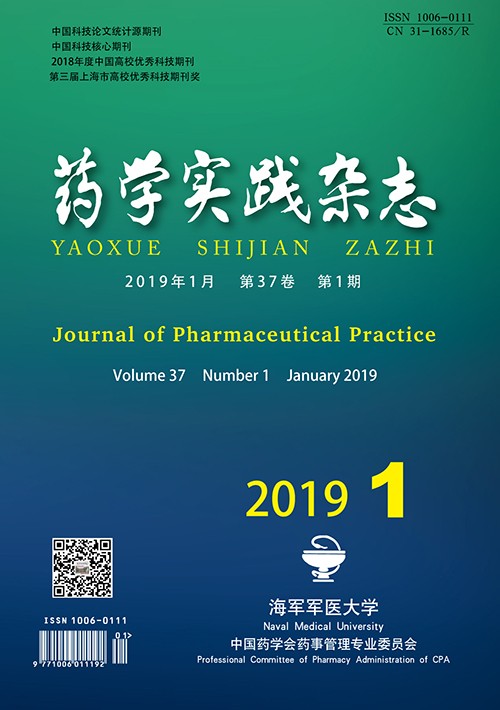|
[1]
|
ROSS R. Atherosclerosis-an inflammatory disease[J].New Engl J Med, 1999, 340(2):115-126. |
|
[2]
|
KALIORA A C, DEDOUSSIS G V Z, SCHMIDT H. Dietary antioxidants in preventing atherogenesis[J]. Atherosclerosis, 2006, 187(1):1-17. |
|
[3]
|
LIM C S, KIRIAKIDIS S, SANDISON A, et al. Hypoxia-inducible factor pathway and diseases of the vascular wall[J]. J Vasc Surg, 2013, 58(1):219-230. |
|
[4]
|
PARATHATH S, MICK S L, FEIG J E,et al. Hypoxia is present in murine atherosclerotic plaques and has multiple adverse effects on macrophage lipid metabolism[J]. Circ Res, 2011, 109(10):1141-1152. |
|
[5]
|
PARATHATH S, YANG Y, MICK S, et al. Hypoxia in murine atherosclerotic plaques and its adverse effects on macrophages[J]. Trends Cardiovasc Med, 2013, 23(3):80-84. |
|
[6]
|
SCHOLZ C C, TAYLOR C T. Targeting the HIF pathway in inflammation and immunity[J]. Curr Opin Pharmacol, 2013, 13(4):646-653. |
|
[7]
|
MAZI RE C, MAZI RE J C. Activation of transcription factors and gene expression by oxidized low-density lipoprotein[J]. Free Radic Bio Med, 2009, 46(2):127-137. |
|
[8]
|
RODR GUEZ J A, NESPEREIRA B, P REZ-ILZARBE M, et al. Vitamins C and E prevent endothelial VEGF and VEGFR-2 overexpression induced by porcine hypercholesterolemic LDL[J].Cardiovasc Res, 2005,65(3):665-673. |
|
[9]
|
ZHU X Y, RODRIGUEZ-PORCEL M, BENTLEY M D, et al. Antioxidant intervention attenuates myocardial neovascularization in hypercholesterolemia[J]. Circulation, 2004, 109(17):2109-2115. |
|
[10]
|
SHATROV V A. Oxidized low-density lipoprotein (ox-LDL) triggers hypoxia-inducible factor-1α (HIF-1α) accumulation via redox-dependent mechanisms[J]. Blood, 2003,101(12):4847-4849. |
|
[11]
|
JIANG G, LI T, QIU Y, et al. RNA interference for HIF-1α inhibits foam cells formation in vitro[J]. Eur J Pharmacol, 2007, 562(3):183-190. |
|
[12]
|
MANOLESCU B, OPREA E, BUSU C, et al. Natural compounds and the hypoxia-inducible factor (HIF) signalling pathway[J]. Biochimie, 2009, 91(11-12):1347-1358. |
|
[13]
|
WILSON S H,HERRMANN J, LERMAN L O, et al. Simvastatin preserves the structure of coronary adventitial vasa vasorum in experimental hypercholesterolemia independent of lipid lowering[J]. Circulation, 2002,105(4):415-418. |
|
[14]
|
DICHTL W. HMG-CoA reductase inhibitors regulate inflammatory transcription factors in human endothelial and vascular smooth muscle cells[J]. Arterioscler Thromb Vasc Biol, 2002, 23(1):58-63. |
|
[15]
|
HOSSAIN C F, KIM Y P, BAERSON S R, et al. Saururus cernuus lignans-potent small molecule inhibitors of hypoxia-inducible factor-1[J]. Biochem Biophys Res Commun, 2005, 333(3):1026-1033. |








 DownLoad:
DownLoad: